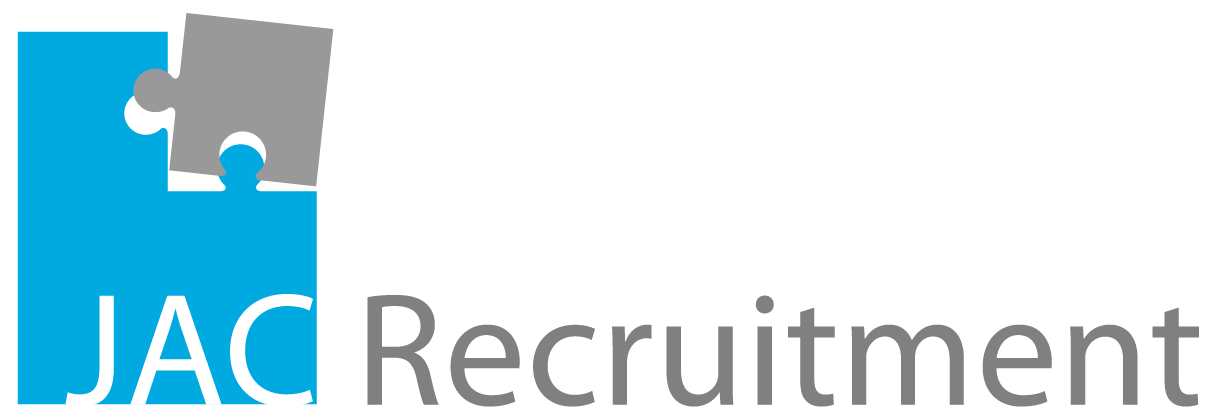AI is reshaping how work gets done, not through sudden losses, but through a steady shift in what organisations value. The question is no longer “Will AI take my job?” but “How do I stay relevant while all the tools around me keep changing?”
For mid-career professionals, the answer lies in strengthening the capabilities that AI cannot replicate: judgement, context, clarity, and adaptability.
1. Shift from knowledge work to judgement work
AI can analyse, summarise, and automate with speed. But it still struggles with one thing humans excel at: judgement.
Judgement is the ability to evaluate trade-offs, read risk, interpret nuance, and make decisions when information is incomplete. This is what organisations increasingly rely on, especially in cross-border roles where context varies by country, team, or client.
Example: AI can generate a project plan. But deciding which tasks matter, what needs escalation, and how to navigate conflicting stakeholder expectations requires human judgement.
Actions you can take:
Practice explaining why you choose certain actions, not just what you did.
Build “decision logs” for yourself, short notes on how you made a call and what shaped it
2. Build your human context advantage
Your greatest career differentiator is your ability to interpret context, something AI cannot accurately understand.
This includes:
Cultural nuance (e.g., how decisions move differently in Japan vs the UK)
Market realities (budgets, constraints, timing)
Stakeholder dynamics and unspoken expectations
The emotional climate of a team
Example: A candidate may look perfect on paper, but understanding subtle expectations around communication style, hierarchy, or cross-functional behavior is something only a human can read.
Actions you can take:
Ask questions that reveal context (“What’s the real concern behind this request?”)
Spend time understanding business models, local norms, and team differences.
3. Become someone who reduces cognitive load
AI gives information; humans give clarity.
Teams will always keep the people who reduce friction, not the ones who generate most output. These are the colleagues who simplify decisions, prevent confusion, and help others think clearly.
Example: Two people produce a report. One hands over raw data. The other extracts insights, summarises trade-offs, and recommends next steps.
Only the latter becomes indispensable.
Actions you can take:
Turn data into clean summaries
Reduce back-and-forth by anticipating questions
Communicate in structure, not paragraphs
4. Develop range, not just expertise
Professionals with range, depth in one area plus exposure across functions, tools, and markets, thrive in the AI era. They can move between tasks, teams, and technologies quickly.
These become the bridge talent who connect what AI produces with what the business actually needs.
Example: A marketer who understands analytics, a recruiter who understands workforce planning, or a project manager who understands finance can all work more fluidly with AI systems.
Actions you can take:
Add one new adjacent skill every quarter (not a new career, just a new capability)
Volunteer for cross-functional projects to widen your perspective.
5. Build your personal data ecosystem
This is one of the most underrated strategies: create a system where your knowledge is organised, documented, and reusable.
Professionals with strong personal systems accelerate faster because AI can amplify their thinking.
Include:
Templates you reuse
Frameworks for recurring tasks
A library of case studies
Notes from projects, clients and decisions
Standard operating documents you have created
Example: If you keep a structured decision log, AI can help you refine it into playbooks, training materials, or improved workflows, making you the person who drives operational excellence.
Actions you can take:
Start a personal “knowledge vault” using workspace software or even simple folders.
Document one workflow a week, 10 minutes only.
6. Strengthen your visible, human track record
With AI-generated profiles and generic CVs becoming common, visibility and authenticity matter more than ever.
Professionals who show real thinking, real experience, and real outcomes stand out – especially in markets like Singapore, Malaysia, and the UK where cross-border talent is highly competitive.
What strengthens your defensibility:
Posting insights from your field
Sharing examples of challenges solved
Expressing a clear point of view
Demonstrating multi-country or niche expertise
Example: A hiring manager seeing 100 AI-written CVs will trust the candidate whose real work and thought process are visible online.
Actions you can take:
Share one insight a month from your work (no need for personal branding)
Showcase a small case study internally or on LinkedIn
7. Your time-to-skill is your new career KPI
Employers are shifting from evaluating “years of experience” to evaluating how quickly someone can acquire a new capability.
This matters across all markets JAC operates in, especially in APAC and Europe where AI adoption varies by industry.
Examples:
Picking up a new tool in days
Learning a new workflow within a week
Navigating culture differences faster in global roles
Adapting to new reporting or compliance systems
Actions you can take:
Choose one micro-skill monthly (prompting, dashboards, stakeholder mapping, etc)
Use AI as a tutor for rapid learning, not as a shortcut for thinking.
Final thoughts
AI is not replacing the people who understand how business, culture, and human behavior work. It is replacing repetitive tasks, not judgement, clarity, nuance or trust.
Mid-career professionals who stay adaptable, visible, and context-aware will continue to be in demand across global markets.
And the good news? You do not need to outpace AI.
You just need to stay ahead of how your job is changing.


